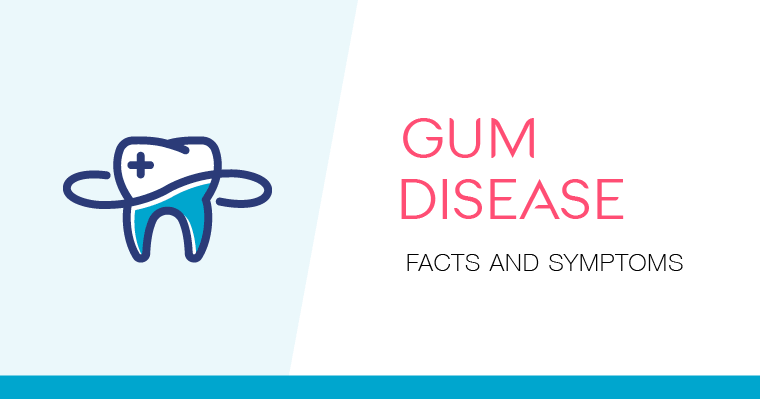
Gum disease, also known as periodontitis or periodontal disease, is a very common illness among adults. You may wonder, “What is it? What are its causes? And is it preventable?”
When plaque isn’t removed by brushing, flossing, and regular dental visits, it can become a problem. Bacteria in plaque produce toxins that can infect gum tissue, causing redness, irritation, and bleeding.
As gum disease progresses, gums pull away from teeth, creating pockets. Over time, these pockets can become deeper, and as they fill with bacteria and toxins, gum tissue and bone are destroyed. This could ultimately result in tooth loss.
Initial stages of gum disease can be painless, so it’s important to see your dentist regularly so you can spot the signs and symptoms early!
Early periodontitis can be treated by your dental hygienist. A deep cleaning procedure called scaling and root planing removes the buildup and bacteria from below the gum line or in areas your toothbrush cannot reach, thus allowing your gums to begin the healing process. After this treatment, the disease can be kept in check with brushing, flossing, and regular maintenance cleanings by your dental team.
Learn more about gum disease in the following infographic.
Gum disease causes, symptoms, and prevention
Regular cleanings and checkups by your dental team are vitally important to keep your gums healthy! If you’re experiencing any of the symptoms mentioned above, be sure to express your concerns during your next dental visit.
The content on this blog is not intended to be a substitute for professional medical advice, diagnosis, or treatment. Always seek the advice of qualified health providers with questions you may have regarding medical conditions.




